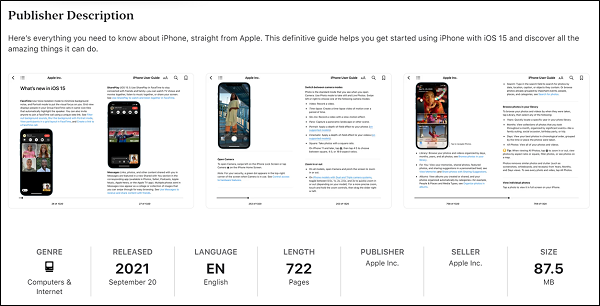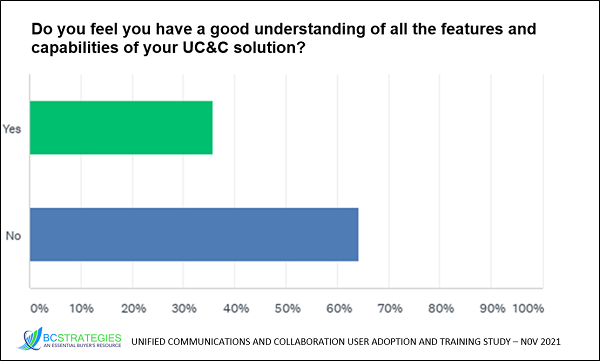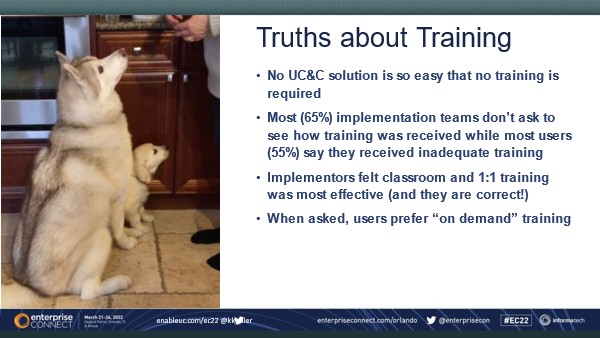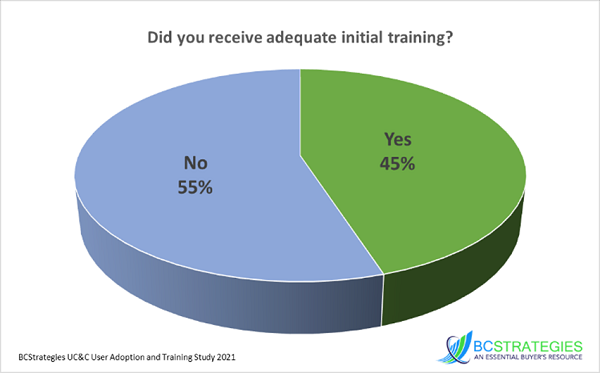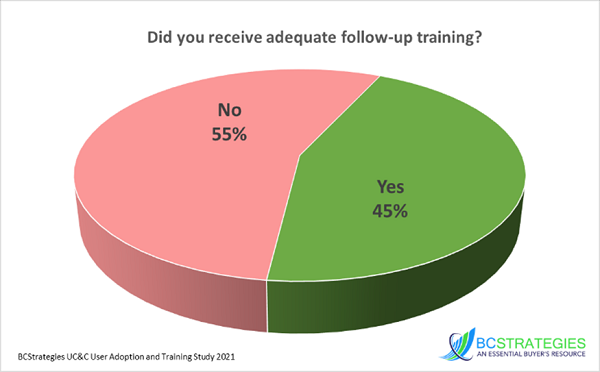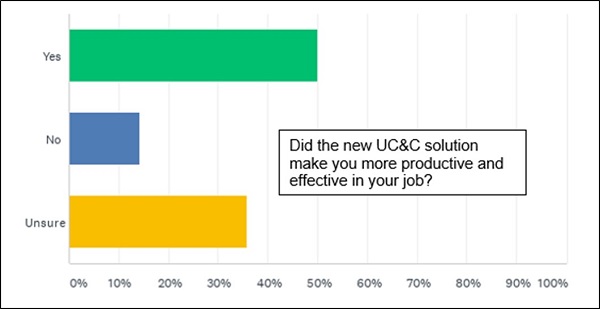The iPhone continues to serve as a poor example for technology training.
It happened again during the
Locknote session at Enterprise Connect 2022. One panelist suggested communication tools should be so easy that no training is required, and another agreed, then amplified the point, reminding the audience that the iPhone doesn’t come with a manual.
The panelists were wrong on both accounts. No complex multi-function device is ever used effectively without training. There are plenty of stories about young children driving cars without training, almost all
end badly.
And as a point of fact, the iPhone
does have a
manual, and it is 722 pages long. Apple simply chooses not to include it in the box, expecting instead that users will seek out
where and how to access it. Apple also choose in
October 2020 to no longer include a power adapter in the box; is anyone arguing power is no longer required?
No contact center manager would suggest a new agent start without being trained on the agent desktop application. And if a manager foolishly did, the analytics used extensively in any modern contact center would quickly identify if additional training was required. “Listen in” and “whisper mode”, features supported by almost every contact center platform, provide fantastic opportunities for on-going coaching, and it’s worth noting that on- going training mechanisms in the contact center are well integrated. Many of the exciting announcements at Enterprise Connect 2022 focused on real-time transcription, sentiment analysis, and AI-powered suggestions.
Outside of the contact center, unfortunately many workers get frustrated due to a lack of training and as a result, many organizations contend with an invisible drop in productivity, investing in tools the are not being used most effectively: pounding in screws with a hammer. Work is getting done, but it is not optimized. Lack of adequate training greatly reduces the return on investment.
Perplexingly, often the same expert who would never think of not training a contact center agent, assumes advanced communication and collaboration software should be immediately intuitive. Even when training is provided, it is often “one and done”, even though all the leading vendors are delivering hundreds of new features every year. Without on-going training, few new features provide benefit to the end user or organization. Deciding to forego on-going training is deciding to reduce
communication and collaboration productivity.
A recent
BCStrategies study I co-authored with
Blair Pleasant indicated that most users (64%) felt they did not understand the capabilities of their communication and collaboration systems (data below).
Further, and more importantly, 72% of users felt they would be more effective with additional training! While analysts may pontificate about rainbows, unicorns, and a user interface that is so simple no training is required, end users know what they need … more training!
- No communication or collaboration solution is so easy that no training is required
- While most implementations teams assume they provide great training, the majority of users disagree
- Classroom and 1:1 training is most effective and yet many users opt for on-demand training because they can’t afford the time for training and get their work done.
o Most on-demand training is never attended
o Organizations need to both provide training and allow users time in their schedules to take the training!
Perhaps this article should have been easy enough to comprehend that no reading would be required. Talk about the logical endpoint in the “all you have to do is start using the technology, not train the users in the skills to use it productively” argument.
However, if you have made it this far, thank you for reading, and here’s two final points from the
results of our study:
1. Most users felt they received both inadequate initial and on-going training.
2. Despite this failure of training, half of users still believed their new communication and collaboration solution made them more effective.
Combining this reality with the above noted 72% of users who felt more training would make them more effective, I see a tremendous opportunity for most organizations to measurably improve productivity through additional on-going training.
My advice: If you are part of the implementation team for a new technology, commit to providing adequate and on-going training. And, if you have an iPhone, read the
manual. Both will increase productivity.







